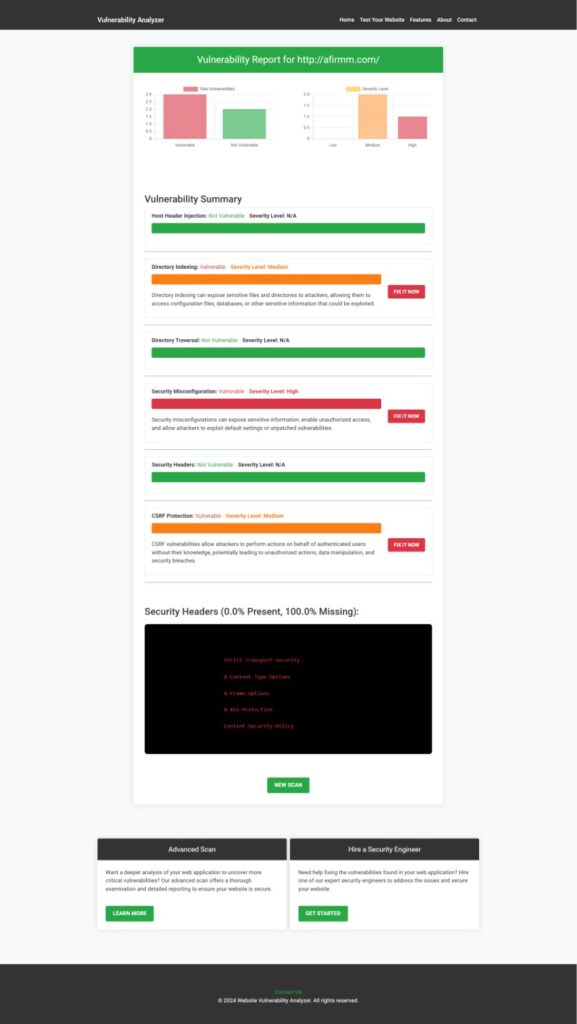Top 5 Best Practices to Prevent Race Condition in TypeScript-Based ERP Systems
Introduction
Race conditions in TypeScript-based ERP systems can lead to unpredictable behavior, data corruption, and security vulnerabilities. These issues arise when multiple operations try to modify shared data simultaneously without proper synchronization.

In this guide, we’ll explore the best practices to prevent race conditions in TypeScript ERP, complete with coding examples to help developers implement thread-safe operations.
Best 5 Ways to Prevent Race Condition in TypeScript ERP
1. Use Atomic Operations to Prevent Race Condition in TypeScript
Atomic operations execute as a single, indivisible step, ensuring that no other operation interferes with them. This technique is effective in preventing race conditions in TypeScript-based ERP applications.
Example: Atomic Counter Implementation
class Counter {
private count: number = 0;
increment(): number {
return (this.count = this.count + 1);
}
}
const counter = new Counter();
console.log(counter.increment()); // Output: 1This ensures that each increment operation completes before the next one begins, avoiding data inconsistencies.
2. Implement Mutex Locks for Thread-Safe Operations
A mutex (mutual exclusion) lock ensures that only one process modifies shared data at a time, reducing the chances of race conditions in TypeScript-based ERP systems.
Example: Implementing a Mutex Lock in TypeScript
class Mutex {
private mutex = Promise.resolve();
lock(): PromiseLike<() => void> {
let begin: (unlock: () => void) => void = (unlock) => {};
this.mutex = this.mutex.then(() => {
return new Promise(begin);
});
return new Promise((res) => {
begin = res;
});
}
}
const mutex = new Mutex();
async function criticalSection() {
const unlock = await mutex.lock();
try {
// Critical section code
} finally {
unlock();
}
}This method ensures that concurrent operations do not modify shared resources simultaneously, preventing race conditions in TypeScript ERP.
3. Use Synchronized Data Structures in TypeScript-Based ERP
Synchronized data structures help maintain thread safety in an ERP system by controlling how multiple threads access shared resources.
Example: Synchronized Queue Implementation
class SynchronizedQueue<T> {
private queue: T[] = [];
private mutex = new Mutex();
async enqueue(item: T): Promise<void> {
const unlock = await this.mutex.lock();
try {
this.queue.push(item);
} finally {
unlock();
}
}
async dequeue(): Promise<T | undefined> {
const unlock = await this.mutex.lock();
try {
return this.queue.shift();
} finally {
unlock();
}
}
}This ensures that enqueue and dequeue operations are performed in a thread-safe manner, preventing race conditions in TypeScript-based ERP applications.
4. Leverage Async/Await to Avoid Race Conditions in TypeScript ERP
Using async/await allows sequential execution of asynchronous operations, reducing the risk of race conditions in TypeScript ERP applications.
Example: Processing Data Sequentially
async function processData(data: number[]): Promise<void> {
for (const item of data) {
await processItem(item);
}
}
async function processItem(item: number): Promise<void> {
// Process each item
}This approach ensures that each operation completes before the next one starts, preventing data conflicts in an ERP system.
5. Perform Thorough Testing to Detect Race Conditions in TypeScript ERP
Testing is crucial for identifying and mitigating race conditions in TypeScript-based ERP applications. Unit tests help verify thread-safety in key operations.
Example: Unit Testing with Jest
import { SynchronizedQueue } from './SynchronizedQueue';
test('enqueue and dequeue operations are thread-safe', async () => {
const queue = new SynchronizedQueue<number>();
await queue.enqueue(1);
const item = await queue.dequeue();
expect(item).toBe(1);
});Regular code reviews and testing help detect race conditions early, ensuring data consistency and security.
Test Your ERP System for Security Vulnerabilities
Ensuring your ERP system is free from vulnerabilities is critical for its security and performance. Use our free Website Vulnerability Analyzer to detect potential issues and protect your system.
📌 Check your website for security vulnerabilities here
Here’s a screenshot of the webpage of our free tool, displaying its security testing features:

Additionally, here’s a sample website vulnerability assessment report, generated by our free tool to check Website Vulnerability:

More Cybersecurity Insights
Explore related TypeScript ERP security topics and strengthen your application’s defenses:
✅ API Vulnerabilities in TypeScript ERP
✅ Prevent DNS Rebinding in TypeScript ERP
✅ Transport Layer Protection in TypeScript ERP
✅ React JS Apps Vulnerability Assessments
For insights on preventing DNS rebinding attacks in OpenCart, check out:
🔗 Prevent DNS Rebinding Attack in OpenCart
Conclusion
By applying atomic operations, mutex locks, synchronized data structures, async/await, and thorough testing, you can effectively prevent race conditions in TypeScript ERP systems. Implement these techniques to ensure data integrity and secure your ERP applications. 🚀